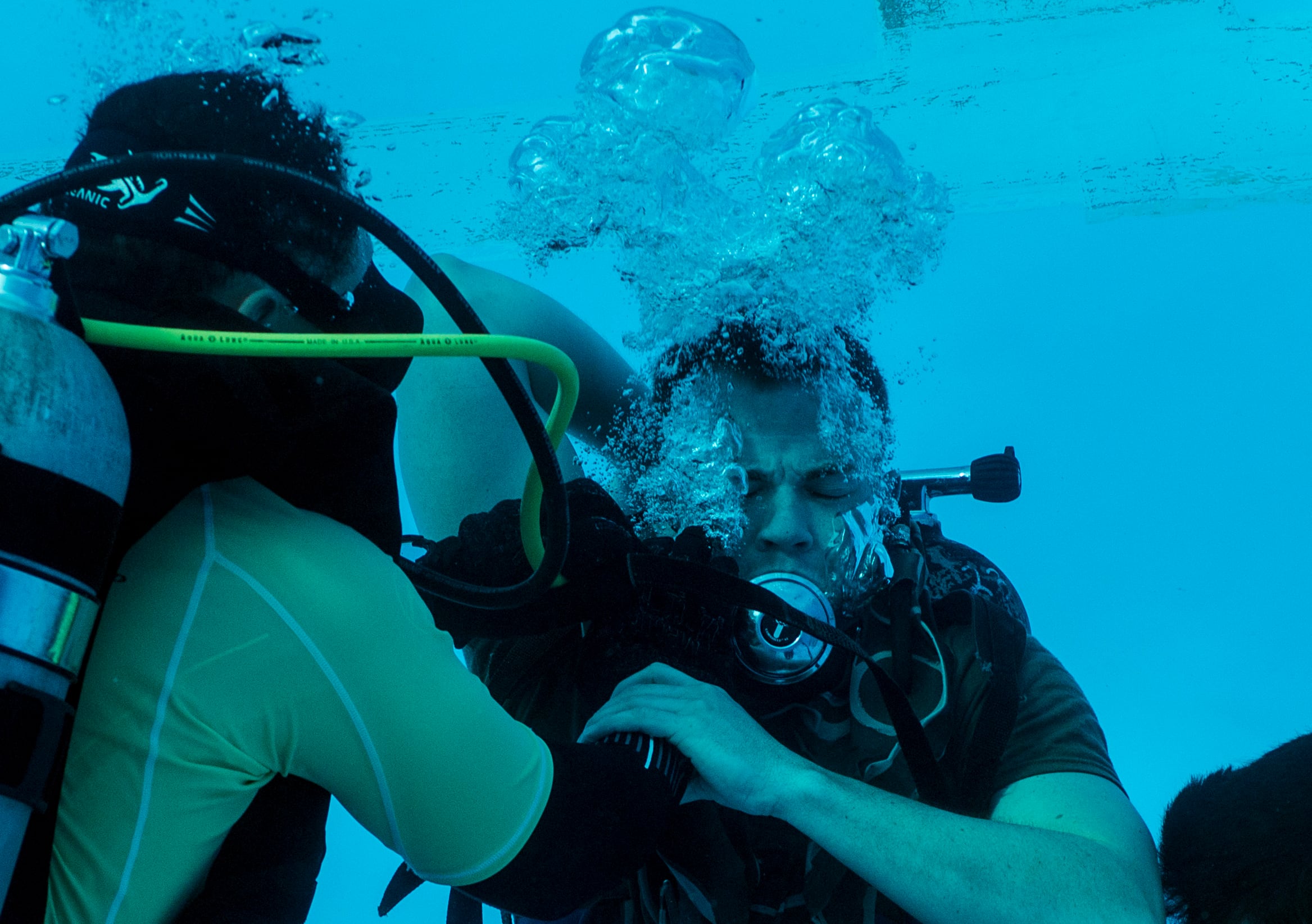A recent report recommends U.S. Special Operations Command take various actions to reduce high-risk training injuries and deaths, which account for the bulk of non-combat accidents.
Released this month, the Government Accountability Office report found that from 2012 to 2022, an estimated 80% of the 3,600 reported on-duty, non-combat accidents among special operations forces came from high-risk training. Forty percent of those incidents were from either parachute or combat dive training.
Officials determined that approximately 86% of those incidents were caused by human error. Only about 3% were the result of equipment failure, while another 3% were impacted by environmental factors like extreme heat or cold.
Four factors were highlighted as sole or combined contributors that cause human error, including “failure to adhere to training standards, standard operating procedures, or other policies and guidance,” “overconfidence, complacency or indiscipline,” “leadership supervision” and “poor or improper decision making.”
The number of training incidents fluctuated annually, ranging from as low as 120 in one year to as high as 402 during another. On average there were about 259 reported training incidents each year of the study period.
Broken down by category, high-risk training accidents between 2012 and 2022 included 972 incidents that involved parachutes, 188 involving weapons or explosives, 99 that occurred during dive operations and 83 involving tactical vehicles.
There were 48 reported fatalities across the studied period. One-third of those fatalities happened during parachute training, with more than 60% of the fatalities occurring between fiscal 2012 and fiscal 2015. SOCOM paused parachute training in 2015 as a result, making a series of changes to training policy and operations.
Army and Navy special operations personnel performed an average of more than 100,000 parachute jumps each year between 2012 and 2022. Over the course of the studied period, personnel assigned to Army and Navy units were involved in 685 and 237 reported parachute training accidents, respectively.
During an average year highlighted in the report, Army special operations fired off 48 million ammunition rounds and explosives. Around eight weapons and explosives training incidents were reported each year during that period.
Marine special operators fired off 7 million rounds and explosives each year, reporting approximately two related incidents annually.
Army and Navy special operators drove an average of 1 million and 250,000 tactical miles, respectively, over the decade measured. Together, the two forces averaged about three total tactical vehicle training accidents each year.

Navy special operators averaged 40,000 dives per year, meanwhile, with seven reported dive training incidents annually. Air Force special operations divers hit the water 3,600 times each year and reported less than one dive training incident per year.
In looking into incidents, the report authors dinged SOCOM in several areas.
Special Operations Command designated seven high-risk training areas in 2022 — airborne operations, combat dive, joint terminal attack controller, mountain operations, sniper, special operations urban combat and vertical lift operations — but has not yet determined whether these areas account for the greatest risk of training accidents, the authors noted.
The command also established a training and assessment program to oversee SOF training in 2022, but it has not yet implemented all components of the assessments. The command has not conducted an analysis of negative safety trends in high-risk training, the report added.
The GAO report offered recommendations to improve special operations training safety. Among those, the report suggests:
- The SOCOM commander should analyze negative safety trends when designating high-risk training areas in future training directive updates.
- The assistant secretary of defense for special operations and low-intensity conflict should reevaluate the training assessment program to determine resources SOF service commands need to achieve program goals.
- The defense secretary should ensure that services’ corresponding special operations forces commanders establish milestones for their units to complete updates to high-risk training policies, including SOCOM’s oversight requirements.
The Pentagon agreed with all GAO recommendations. Read the full report here.
Todd South has written about crime, courts, government and the military for multiple publications since 2004 and was named a 2014 Pulitzer finalist for a co-written project on witness intimidation. Todd is a Marine veteran of the Iraq War.




